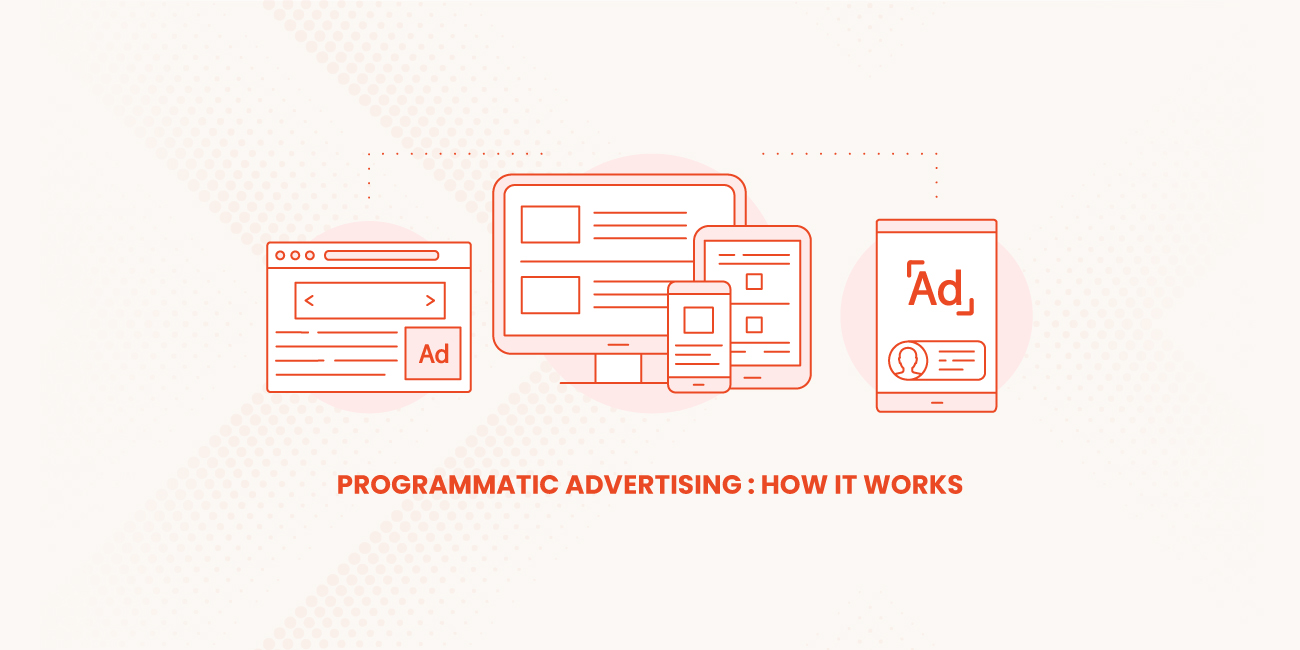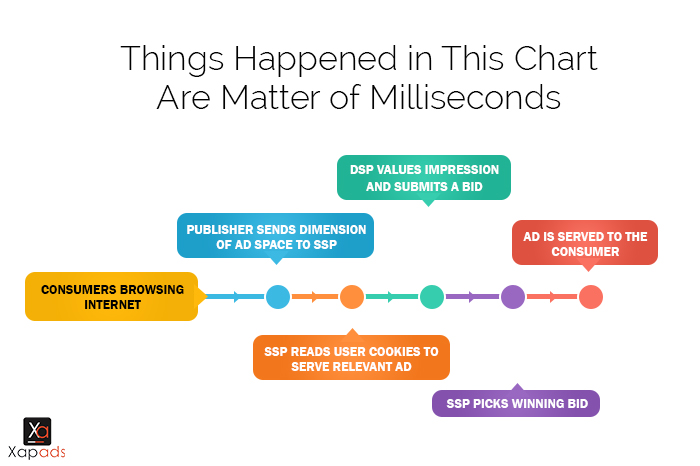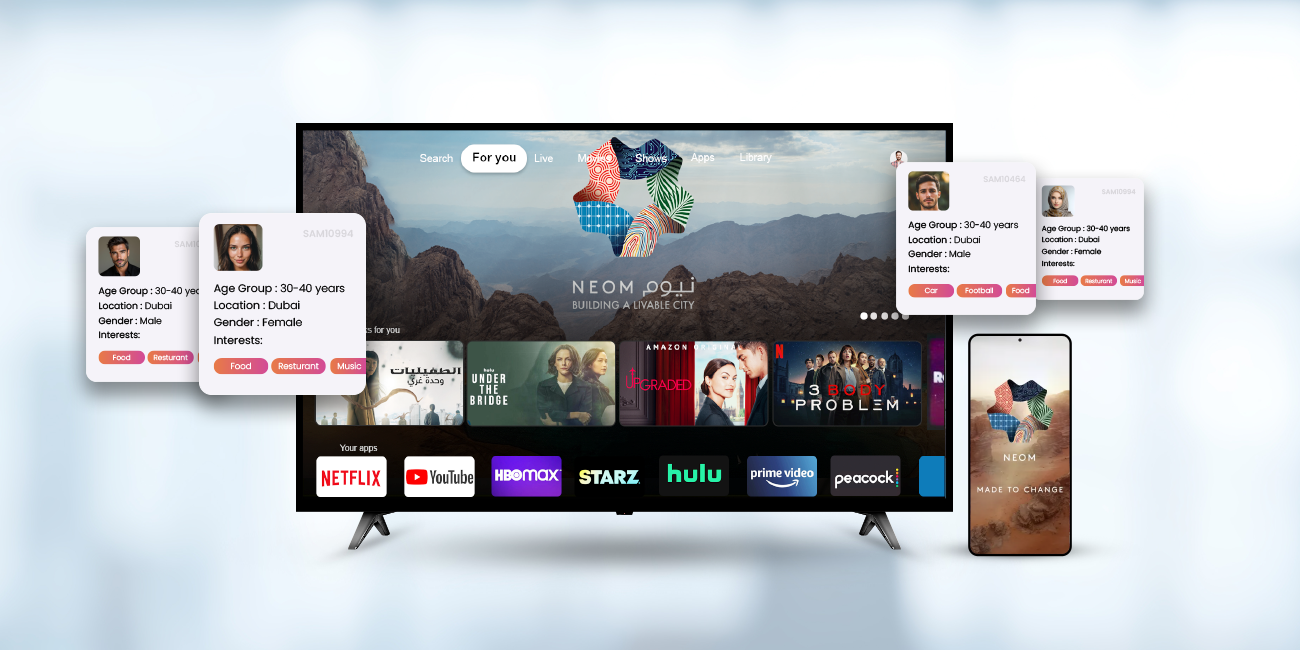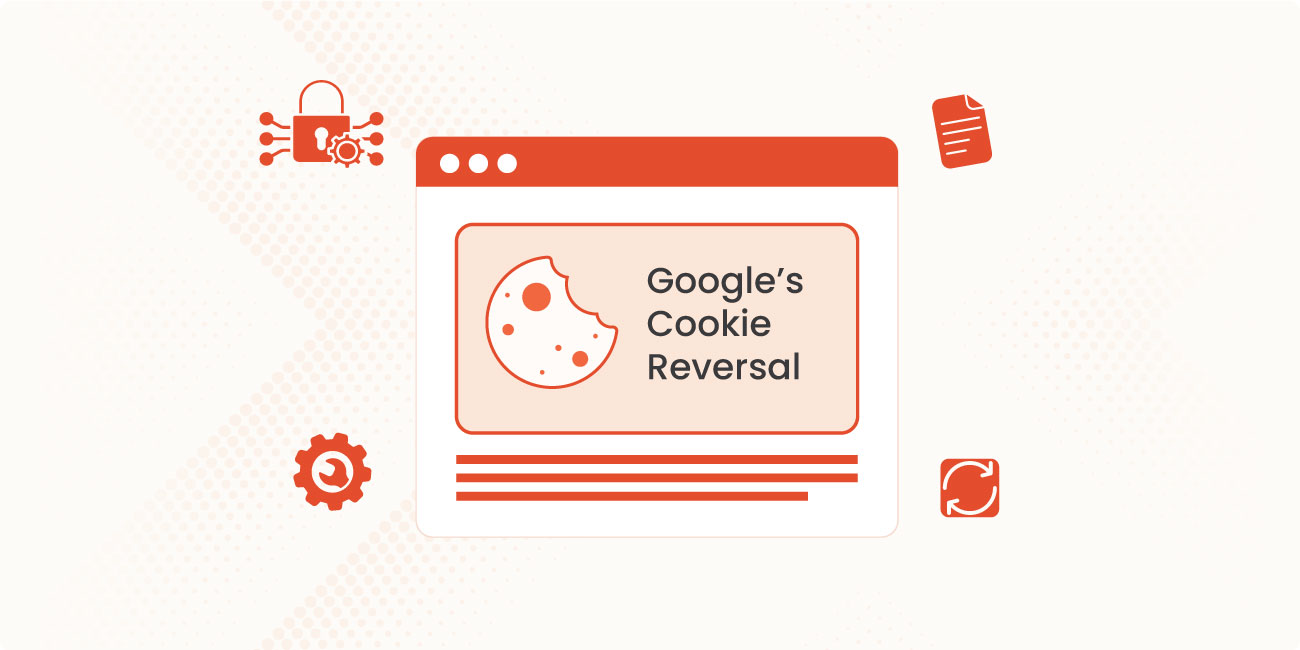
2016 is the year of fearlessness and creativity in marketing, it’s not about just promoting the idea but also guiding the user. Programmatic advertising is gaining immense popularity amongst marketers as 60% of brands’ online video spent is spent programmatically. So it is obvious to have a keen understanding about Programmatic advertising.
What is Programmatic Advertising?
The reason behind putting this question on the top is to begin with ground zero to give best idea of getting things fully accurate. Programmatic advertising is the automated process of buying and selling of ad inventory through an exchange and connecting advertisers and publishers. This process uses Real Time Bidding and artificial intelligence technologies for putting ads over mobile, websites, social media etc.
It has gained immense recognition in recent years as it is way better and quicker than those traditional methods like human negotiations, manual insertion orders etc. Before programmatic advertising, digital Ads were bought and sold by salespeople; which were highly expensive and highly unreliable.
How does Programmatic Advertising Work?
AITs (Artificial Intelligence Technologies) have algorithms that analyze visitor’s behavior and helps in real time campaign optimizations by having data of consumer’s field of interest. Programmatic companies gather such data to target in an accurate manner whether it is from first party (own) or third party.
This process includes the following parties:
- DSPs (Demand Side Platforms)
- SSPs (Supply Side Platforms) and
- DMPs (Data Management Platforms)
Before getting into the detailed procedure, let’s have a quick idea with the help of this chart.
DSPs facilitate the process of buying Ad inventory in the open market. This provides ability to reach the target audience due to integration of DMPs. DMPs collect and analyze a substantial amount of cookie data to help the marketer for making more accurate target decisions regarding their target audience. After this the publisher(s) manages their unsold inventory through SSP. A SSP reads user cookies like how much time one user spent in watching something on specific site or visited one page how many times. SSPs will ultimately pick the winning bid and serve the winning banner on Publisher’s site.
Advantages of Programmatic Advertising
Programmatic advertising is the fastest growing segment in the marketing industry for some reason. For most players it is high efficiency, but at the same time it also carries various deeper and long-term outcomes.
- Programmatic Advertising targets KPIs (Key Performance Indicators) more closely. This technology is working continuously to improve performance of campaigns and increasing the overall ROI (Return on Investment).
- Advertisers can adjust CPMs in real time dependent upon how heavily the impression is valued. Hence, it is Cost Effective.
- By providing smart data, Programmatic Advertising is getting more consumer insights and their engagement towards any particular brand. By using such data and putting marketing efforts, one can easily increase the overall campaign performance.
- Programmatic facilitates you to reach a larger audience in multiple websites in timely and efficient manner; the scalability factor is now absolutely in hands.
Sky Is the Limit
To ensure the crafting of an ultimate campaign, it is important to determine the goal, budget and flight dates. The CPM range must be in mind in advance as this shall certainly prove helpful during negotiations. Instead of thinking where the customers are, focus should be on overall strategy in order to see the graph of ROI touching the blue.









